|
|


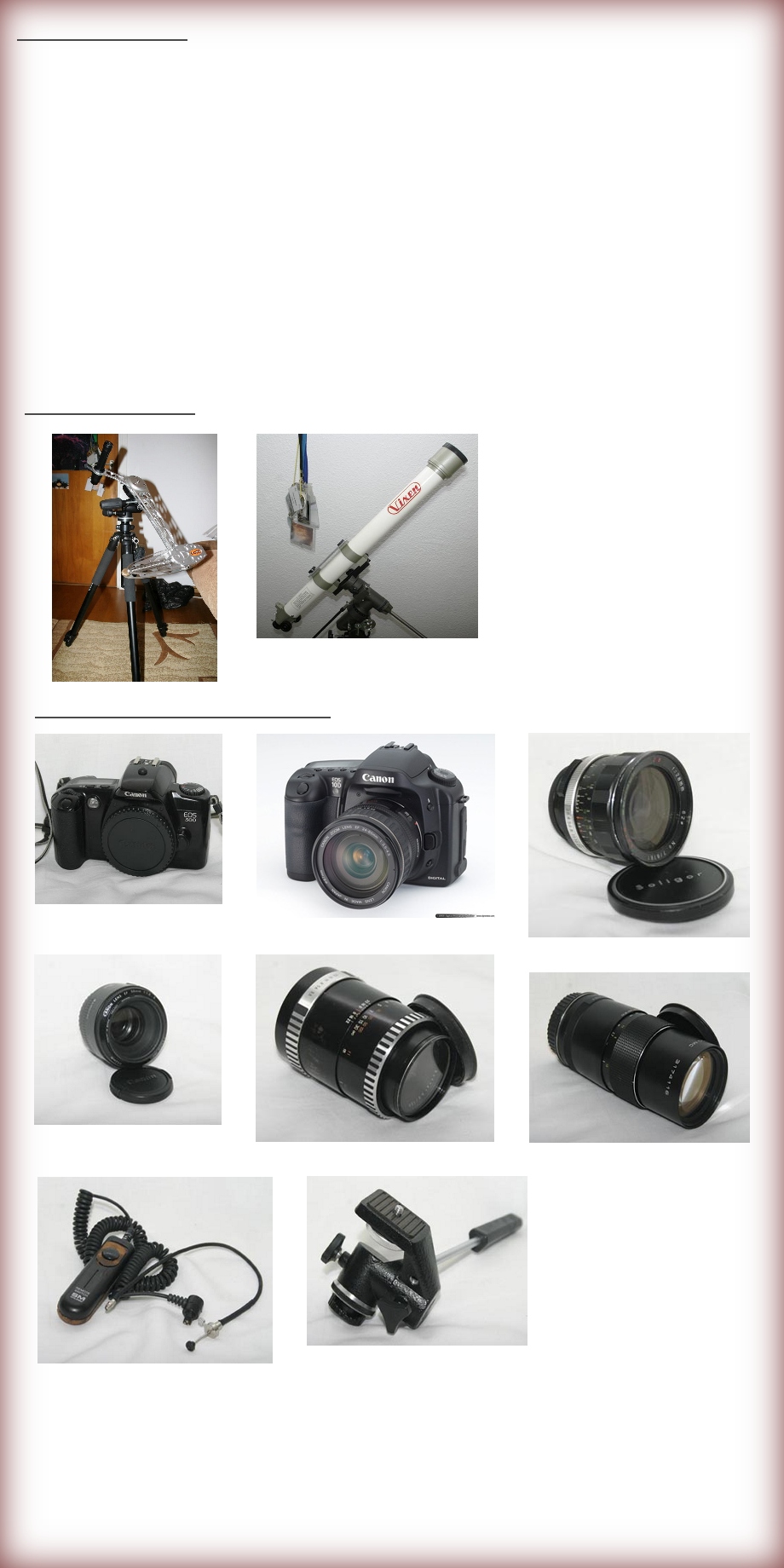





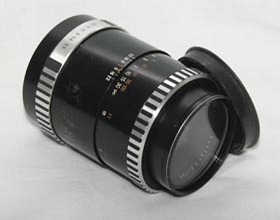
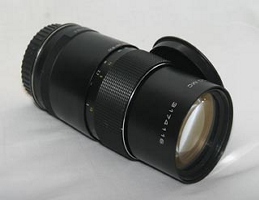
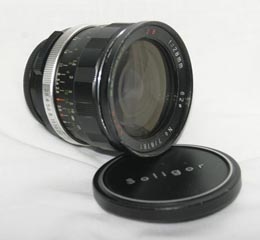
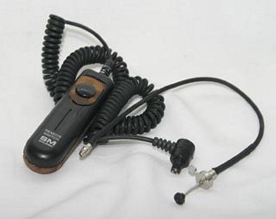
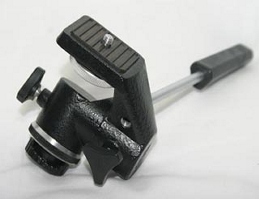
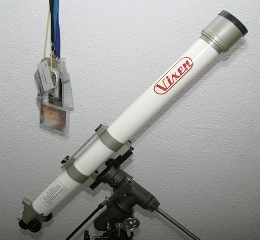
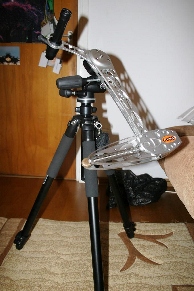
My equipment |
All text and images Copyright © 2005-2011 by Curtasu Mihai Victor. All rights reserved. No image of this website may be copied, transmitted, posted, duplicated or otherwise used without the express written approval of the author. |
I would like to present here some of my astrophotography tools. There are lots of things to consider when starting this kind of photography, so I really recomend this link from Jerry Lodriguss, a well known astrophotographer. He goes deep in to the hart of astrophography explaining all about it from a technical point of view. http://www.astropix.com/HTML/I_ASTROP/TOC_AP.HTM Nowadays due to the lack of good astrophotography films, we use more and more digital cameras. Their capturing cips (CCD or CMOS) are very sensitive to light, cameras can be modified and adapted with specialised astrophotography filters, and most important, the raw image you get can be quickly imported to a PC and in a matter of minutes you have a final image. If you were to do that on film, it would take days if not weeks to proces the film, scan it, and so on. For meteor photography we still use film cameras, because it alows us to take long exposures (from 5 to 30 minutes or more). Making an exposure for longer that 10 minutes with a digital camera is very dangeorus for the sensor and for the built-in procesor and other electronic parts. During a meteor shower we place 4 to 5 cameras in a flower-like rig, covering about 360 degrees of the sky. This increases the probability to capture luminous meteors or even fireballs. The photographic tripod is a must in astrophotography. Used mainly for exposures from 1/30 up to seconds or minutes if necessary. It keeps the camera steady and reduces lots of unwanted vibrations. It's good for sunsets, sunrises, planet moon conjunctions, meteors, scenic images, lots and lots of things. The problem is... one tripod is never enough, especially when owning several cameras. If you are thinking about deepsky objects or widefield images you need long exposures. That means upping the ante! A special setup using an equatorial mount (capable of good automated star trecking) and a guiding scope. On top of this you can mount your camera with a standard optical lens, or using a astronomy telescope (usually a really good refractor) as a lens for the camera. This way you can take exposures up to hours with incredible results! Earlier i said that exposures for more than 10 minutes with a digital camera is dangerous. Thats right! To realise images with an exposure time up to several hours, we usually take lots of images of maximum 300 seconds (5 min) and than combine them in specialised astrophotography software. It's a very tedious job but with great results! |
My setup |
Astrotrac TT320X-AG mount (on the left) . Vixen 60mm f/12 (guide scope and from time to time used for sunrises, sunsets, eclipses, moon, solar spots) - on the right. |
Cameras, lenses and other |
Canon EOS 500 |
Canon 10D |
Canon 50mm f/4 |
Carl Zeiss Jena Sonnar 135mm f/3.5 M42 |
Pentacon 200mm f/4 M42 |
Soligor 28mm f/2.8 |
Remote trigger for digital and film camera |
Tripod head, very usefull in piggyback |




